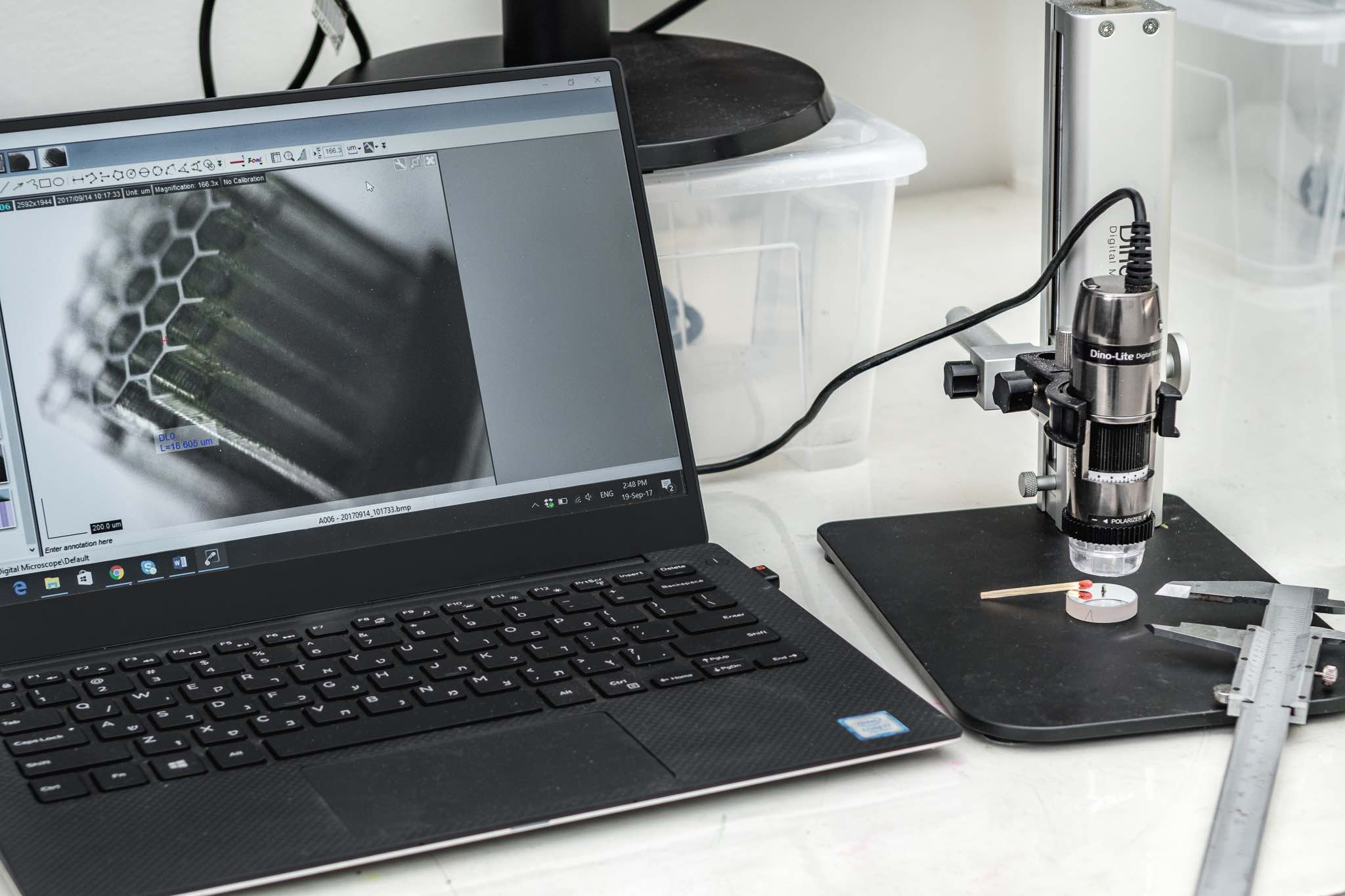Israeli developer of precision additive manufacturing technologies Nanofabrica has been selected to participate in Siemens Dynamo, a startup commercialization program.
“We have been following Nanofabrica for almost a year,” said Ran Livnat, an Innovation Partner at Siemens Dynamo.
“Some of our more innovative customers are already using their technology commercially, and we were able to witness the disruptive effect it has on product design and on production.”

The Siemens Dynamo program
Europe’s largest industrial manufacturing company Siemens launched the Siemens Dynamo in Tel-Aviv in 2018. The program’s goal is to serve as a commercialization vehicle for start-up companies with Siemens and its customers and partners. Currently, there are six start-ups, including Nanofabrica, in Siemens Dynamo. The program comprises Industry 4.0 technology companies CoreTigo, Kitov systems, Presenso, FieldBit, and Precognize.
Robert Meshel, Siemens’ additive manufacturing network director, stated, “Our mission is to make sure to expose the members of our network to the widest set of manufacturing options and allow them to communicate, analyze, make decisions, and execute them.”
“This also means from our side to constantly seek and introduce new technologies as they emerge. We are happy to help Nanofabrica reach new markets and customers and manage their future orders in our platform.”

Facilitating mass micro-manufacturing
Founded in 2016, Nanofabrica is formed of a team of multi-disciplinary professionals with experience in material science, optics, hardware, software, and 3D printing. The company has been delivering 3D printed parts to dozens of customers from industries such as electronics, optics, injection molding, life sciences, and semiconductors for a few years.
Earlier this year, the Nanofabrica launched its micron-level resolution industrial 3D printers, the Workshop System and the Industrial System. Both platforms integrate the company’s patented process which is based on a Digital Light Processing (DLP) engine, and Adaptive Optics (AO), a technology used to improve image distortions in optical devices such as telescopes.
Jon Donner, CEO of Nanofabrica, explained, “While there is an increasing number of manufacturers from across all sectors of the industry that are adopting additive manufacturing as viable production technology, the micro-manufacturing sector has been neglected.”
“There is an inexorable drive throughout the industry to miniaturize products and components, but additive manufacturing has been unable to achieve the levels of resolution, speed, and cost-effectiveness necessary to facilitate “mass” micro-manufacturing.”
“Joining the Siemens Dynamo program is a great honor for us. We see huge potential in working together, and we already signed-up as a precision manufacturing supplier in the Siemens Additive Manufacturing Network. These are exciting times for Nanofabrica and for the 3D printing industry in general.”

Vote now for the 2019 3D Printing Industry Awards.
Also, find the latest additive manufacturing news by subscribing to our 3D Printing Industry newsletter and following us Facebook and Twitter.
Visit our 3D Printing Jobs board to find out more about opportunities in additive manufacturing.
Featured image shows a 3D printed nanostructure smaller than the head of a matchstick. Photo via Nanofabrica.


